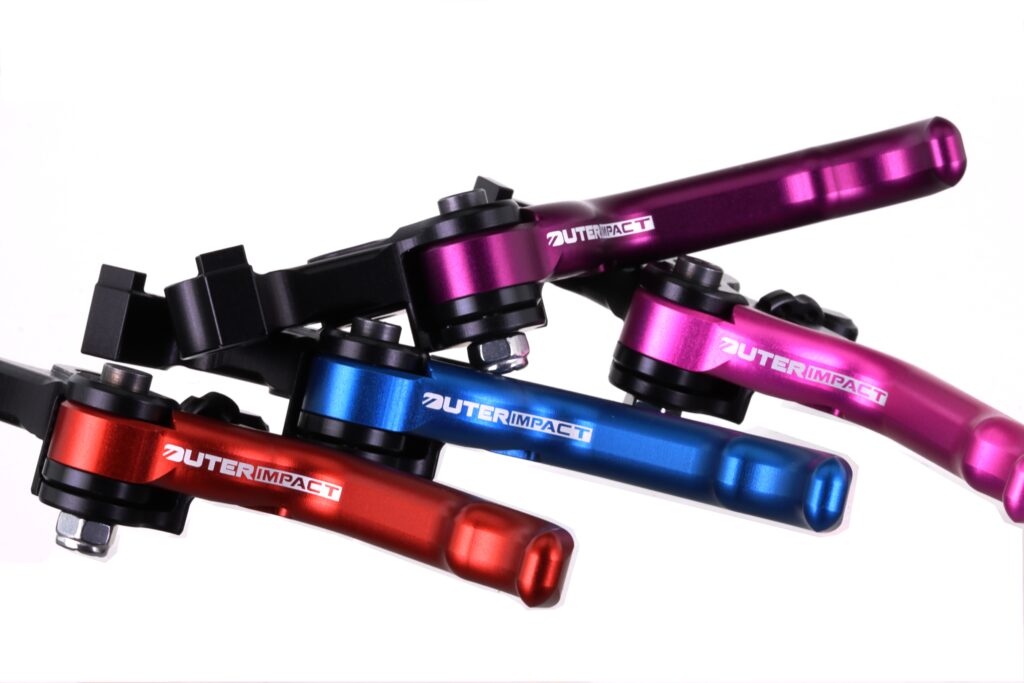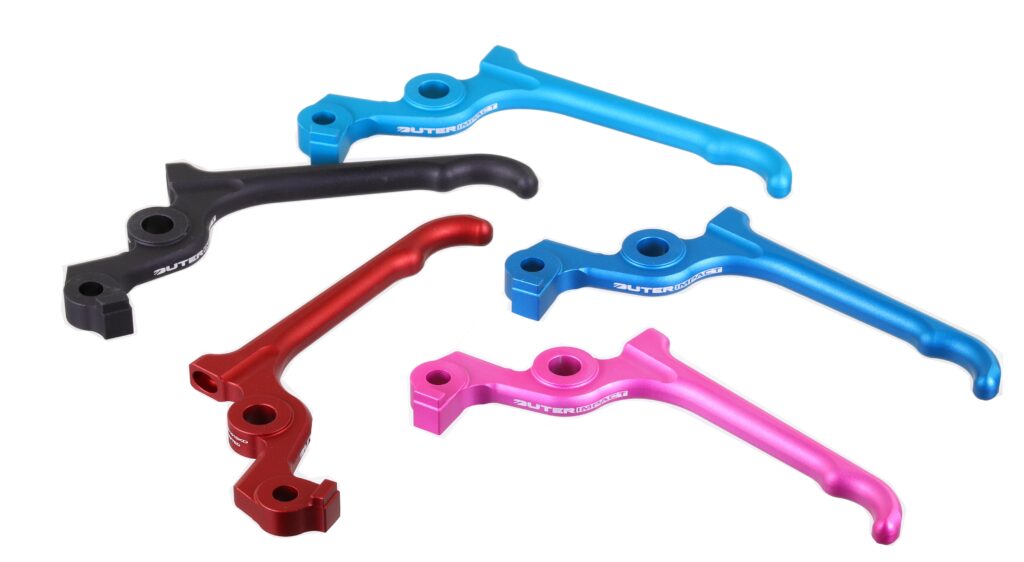Snowmobile Avalanche Safety Gear: Know, Test, And Trust Your New Transceiver
Introduction: Snowmobile Avalanche Transceivers
Avalanche transceivers, also known as avalanche beacons, are essential pieces of safety gear for snowmobilers venturing into avalanche terrain. Understanding how to use these devices effectively can mean the difference between life and death in an avalanche emergency. In this comprehensive guide, we’ll walk you through the step-by-step process of using avalanche transceivers to ensure your safety while snowmobiling. OuterImpact produces the finest precision machined billet aluminum brake levers and handlebar risers with a Lifetime Warranty.

Step 1: Pre-Trip Preparation
Before heading out into avalanche terrain, it’s essential to ensure that your snowmobile avalanche transceiver is functioning correctly and that you understand how to use it. Here’s what to do:
Check Battery Life
Ensure that your transceiver’s batteries are fully charged and have sufficient power for your ride. Replace batteries if necessary to avoid the risk of battery failure during an emergency.
Familiarize Yourself with Controls
Take the time to familiarize yourself with the controls and functions of your avalanche transceiver. Know how to switch between transmit and search modes, adjust settings, and perform self-tests.
Step 2: Transceiver Setup
Once you’re ready to ride your snowmobile, it’s time to properly set up your avalanche transceiver. Follow these steps:
Wear the Transceiver Correctly
Wear your transceiver in a secure and accessible location on your body, such as in a dedicated transceiver harness or in a pocket with a leash attachment. Ensure that the transceiver is positioned close to your body for optimal signal transmission.
Perform Self-Test
Before heading out, perform a self-test on your transceiver to ensure that all functions are working correctly. Follow the manufacturer’s instructions for conducting the self-test and address any issues that arise before riding.
Step 3: Transmit Mode
While riding in avalanche terrain, keep your transceiver in transmit mode to emit a continuous signal that can be picked up by other transceivers in the event of an avalanche. Here’s what to do:
Activate Transmit Mode
Switch your transceiver to transmit mode before starting your ride. Verify that the transceiver displays a steady “transmit” signal to indicate that it is emitting a signal properly.
Step 4: Signal Search
In the event of an avalanche burial, your avalanche transceiver becomes a crucial tool for locating buried riders. Follow these steps to initiate a signal search:
Switch to Search Mode
If you or someone in your group is buried in an avalanche, switch your transceiver to search mode immediately to begin searching for signals from other transceivers.
Follow Audio and Visual Cues
As you search, listen for audio signals and watch for visual indicators on your transceiver’s display to guide you toward the buried signal.
Step 5: Multiple Burial Scenarios
In situations where multiple riders are buried in an avalanche, your transceiver can help you locate multiple signals efficiently. Here’s what to do:
Mark Initial Signal
Once you locate the first buried signal, mark its location on your transceiver and begin probing and shoveling to excavate the victim.
Search for Additional Signals
After rescuing the first victim, switch back to search mode and continue searching for additional signals from other buried riders. Follow the same procedures for locating and rescuing each victim.

Conclusion
Mastering the use of avalanche transceivers is essential for snowmobilers traveling in avalanche terrain. By following this step-by-step guide, you can ensure that you’re prepared to use your transceiver effectively in the event of an avalanche emergency. Remember to practice regularly, stay informed about avalanche conditions, and always prioritize safety while riding in the backcountry. OuterImpact is very supportive of safety and avalanche awareness. We recommend following Duncan Lee as well as the American Institute for Avalanche Research and Education (AIARE). We support the Payette Avalanche Center and take classes with Bret Rasmussen. We only take highly calculated risks and carry the correct gear.
